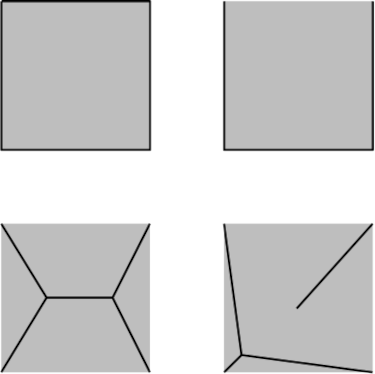
Smoke 'em if you got 'em: Hacker gains root access using cigarette lighter
On October 7, blogger and hardware modder David Buchanan released a blog post detailing various efforts for low-cost Fault Injection solutions before showing off his ideal solution: a hard mod DRAM exploit with a resistor and a wire doubling as an antenna soldered to a specific DRAM pin (DQ26 and then DQ7).
The antenna is sensitive enough for an unmodified lighter ignition to activate a forced memory error at the specific memory addresses corresponding to the DRAM pin, which doesn't overly disrupt actual memory function since all original data is left intact. Still, there's an attack vector that defending devices and OSes can't do anything about.
As Buchanan explains, bugs are typically needed before an exploit can be written, but "when there are no bugs, we have to get creative" with Fault Injection. In this case, low-cost electromagnetic Fault Injection (EMFI) was achieved with a wire, resistor, and lighter without using more expensive (often Raspberry Pi-based) tools like PicoEMP.
That said, the resulting exploit isn't practical for anyone's use beyond serving as a simple lesson for hardware and memory hacking. You would need near unrestricted access to the device you're gaining access to with this method and lots of time to configure it properly. The likelihood of a cybercriminal using this methodology to break into your PC is astronomically slim.




















